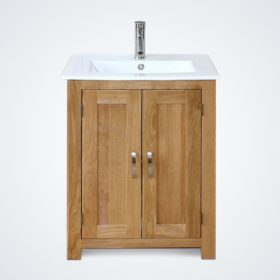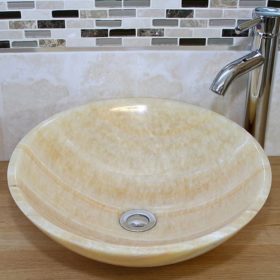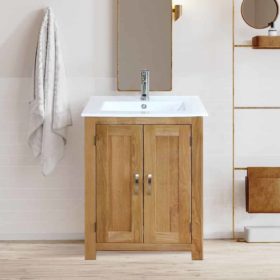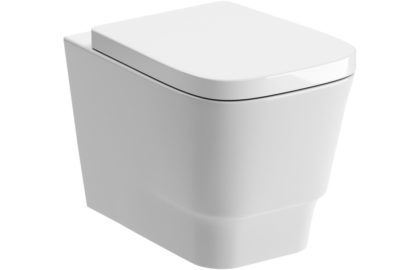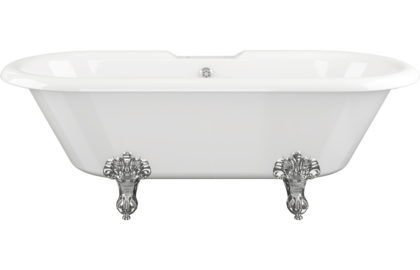How to Handle Condensation in the Bathroom
Imagine you’re taking a warm shower. When you step out, the hot air from the shower meets the cooler air outside, causing tiny water droplets to form on mirrors and walls. This is called condensation, and it happens a lot in bathrooms. When the air is warm and full of moisture, it can lead to problems like mold and damage to your bathroom fixtures. Knowing how this works can help keep your bathroom clean and safe.

Understanding the Enemy: Water Vapour and Room Dynamics
Think about the steam from your shower. It makes the bathroom misty and interacts with cooler surfaces like mirrors and windows. This moisture comes from your daily showers and baths, creating the perfect setting for condensation unless you do something about it.
When warm air from your shower meets cold surfaces, like a bathroom mirror, it turns into droplets of water. The same thing happens on walls and windows. The colder these surfaces are, the more condensation you’ll see. This happens because warm air can hold more moisture, and when it hits something cool, it has to let go of that moisture, turning it into water droplets.
Showering makes the air in your bathroom humid. When this humid air hits cold surfaces, it changes from gas to liquid. This process creates condensation, which can be a challenge to manage in bathrooms.
Ventilation: Your First Line of Defense
Having good ventilation in your bathroom isn’t just about comfort; it’s essential for preventing condensation. Without proper airflow, moisture sticks to surfaces, creating a damp environment that can lead to mold.
Installing an exhaust fan helps by pulling the humid air out of the bathroom and sending it outside. This not only controls humidity levels but also improves air quality by reducing allergens.
To keep these fans and vents working well, clean them regularly and check for any blockages. Ensure that vents lead outside, not into another space like an attic, to prevent transferring moisture problems.
Good ventilation:
- Ensures air flows steadily, reducing humidity from showers and baths.
- Stops moisture from collecting on walls, mirrors, and windows, preventing damage.
- Keeps the bathroom drier, making it less likely for mold and bacteria to grow.
If you want to make your bathroom even better, visit the Bathrooms & More Store. They have a variety of bathroom accessories.
Humidity Reduction Tactics
Controlling moisture in your bathroom involves practical tips, habits, and helpful gadgets. Reducing humidity not only keeps your bathroom in good condition but also makes it more comfortable.
Tips on Reducing Humidity Levels
- After you shower or take a bath, leave the bathroom door open to let the steam escape.
- Wipe down wet surfaces to reduce lingering water, which adds to humidity.
- Check for leaks in faucets and pipes; even small drips contribute to moisture.
- Consider plants like orchids or ferns that absorb humidity, adding some green to your bathroom while helping control moisture.
Use of Dehumidifiers
A dehumidifier takes water out of the air, which helps manage high humidity levels. Portable units can be used as needed, especially after a shower, to quickly dry out the room.
Daily Habits to Minimize Moisture Buildup
Forming good habits is key to managing moisture. Shorter, lukewarm showers produce less steam. Use the exhaust fan during and for at least 20 minutes after your shower to reduce condensation. Wipe down your wash basin and fixtures to keep them dry. Mirrors fog up less when you keep moisture under control.
Condensation Deterrence Through Structural Measures
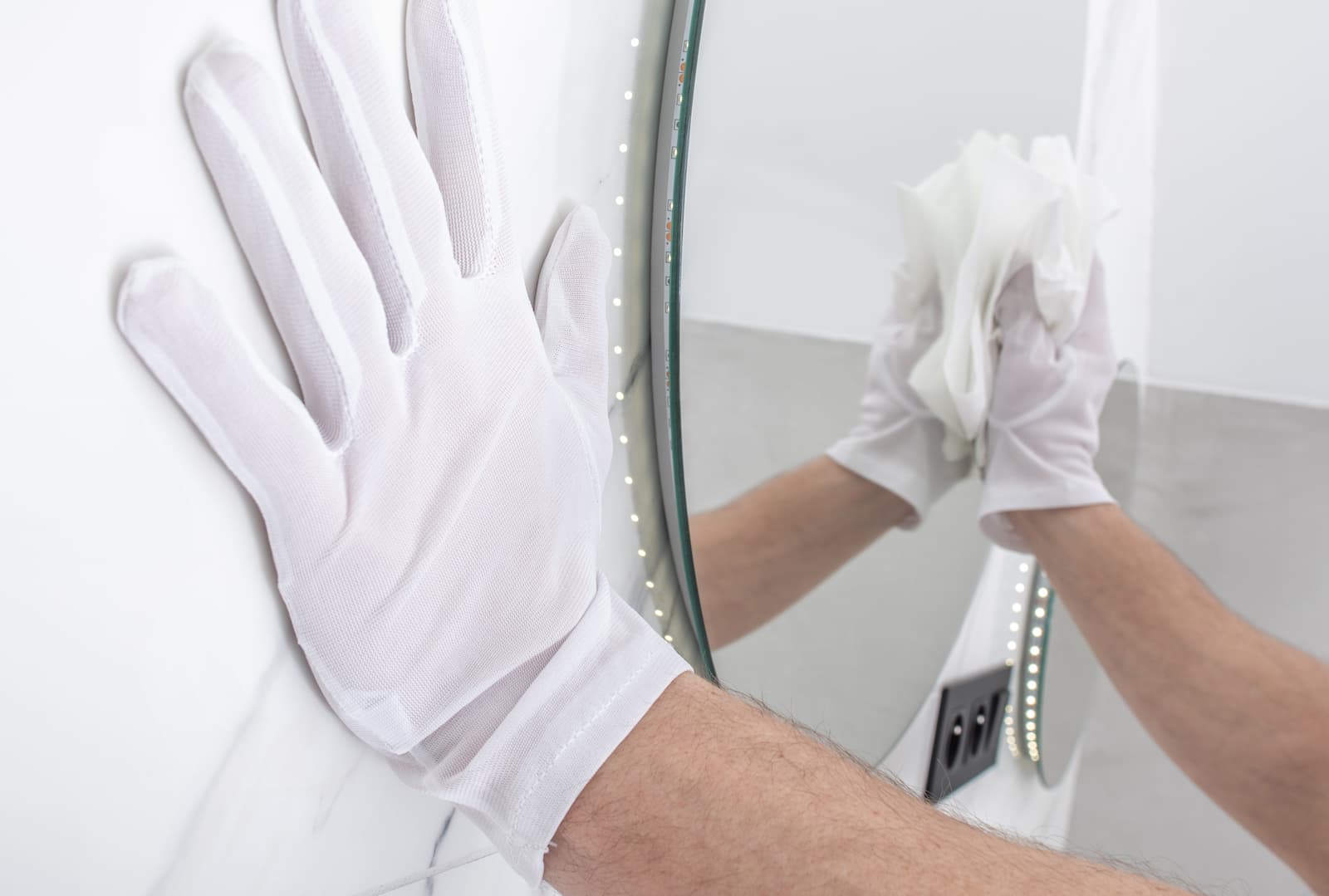
Your bathroom can resist condensation better if you choose the right materials and fixtures. Moisture-resistant materials, like certain wall coverings and cabinetry, repel water, making them less likely to get damp and moldy.
Consider using anti-condensation paints, which have insulating properties that keep walls warmer, reducing condensation. Dual-pane windows trap air between layers of glass, creating an insulating barrier that keeps the interior pane warm and less prone to condensation.
For even more insulation, use thoughtful window treatments, further reducing moisture build-up.
Structural measures like these:
- Enhance your bathroom’s resistance to condensation.
- Work well with mirrors and fixtures designed for high-moisture environments.
Temperature Control Strategies
Keeping your bathroom warm helps reduce condensation on cooler surfaces. Consistent warmth lessens the difference between air temperature and surfaces like mirrors and windows, minimizing water droplets.
Proper insulation keeps your bathroom warm, retaining heat better and reducing condensation. Insulate walls, pipes, and lofts to maintain a steady temperature and avoid cold spots.
Using towel warmers or radiators can help keep the temperature consistent, especially after showers or baths when humidity is highest. Underfloor heating is a long-term investment that provides comfort and efficiency in preventing condensation. Install double-glazed windows to reduce heat loss and avoid cold surfaces.
Managing temperature reduces condensation significantly. Combining this with effective ventilation, humidity control, and regular maintenance yields the best results.
If you’re thinking about upgrading your bathroom, check out various bathroom mirrors at the Bathrooms & More Store. These mirrors complement your efforts to manage condensation effectively.
Proactive Mold Prevention and Management
Mold thrives in damp, poorly ventilated bathrooms. To prevent mold, take a multifaceted approach that includes both prevention and quick removal.
Mold Prevention and Removal Techniques
- Ensuring good air circulation is effective for mold prevention. Exhaust fans pull moist air out, reducing humidity. Wipe down wet surfaces after a shower to limit water accumulation. If mold appears, act quickly. Studies show white vinegar can kill up to 82% of mold spores. Apply vinegar to affected areas and scrub thoroughly to remove mold.
Recommendations for Regular Cleaning Products and Methods
Regular cleaning with the right products is crucial. Use non-abrasive cleaners that target mold and mildew. Hydrogen peroxide or diluted bleach solutions are effective alternatives. For routine maintenance, clean grout lines, shower corners, and under sinks with these cleaners. Use stiff-bristled scrub brushes and dry the areas completely to prevent moisture build-up.
Addressing Specific Condensation Challenges
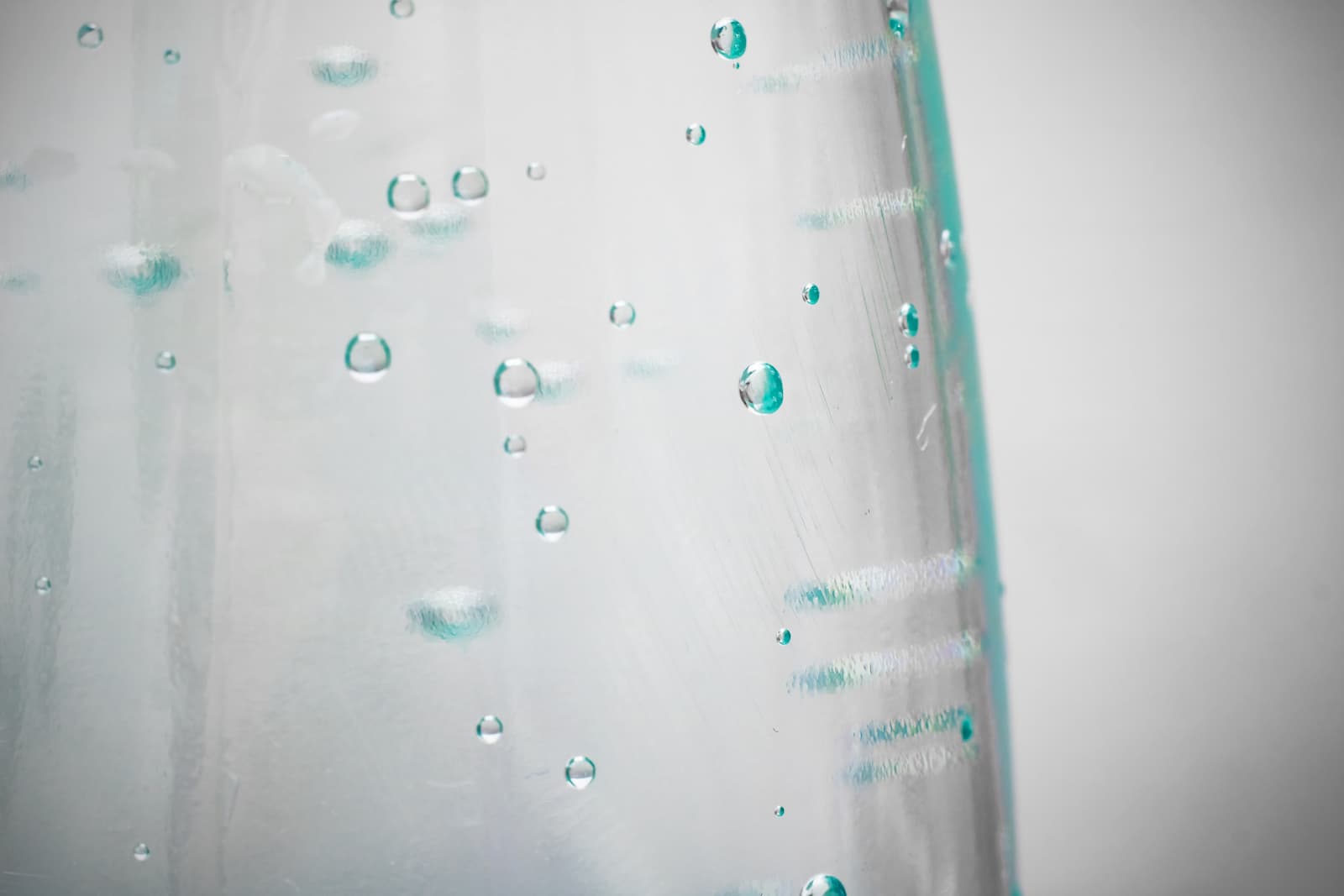
In areas with high humidity or during damp seasons, additional measures like dehumidifiers may be needed. For mirrors that fog up, consider fog-free mirrors. The Bathrooms & More Store offers stylish and functional mirrors that help manage moisture, keeping your reflection clear.
Proactive steps towards cleanliness and the right conditions will prevent mold. Regular upkeep and vigilance to mold signs can protect your bathroom and health. A moment spent preventing mold now saves countless hours of cleaning and health concerns later.
Addressing Specific Condensation Challenges
Tackling bathroom condensation is complex, and certain areas need special attention. Bathroom mirrors and windows often fog up, obstructing visibility and adding to moisture. Adjusting habits and using products designed to resist condensation helps. For mirrors, consider installing a demister pad or a mirror with anti-fog technology. Such products can be found at stores specializing in bathroom essentials, including Bathrooms & More Store.
For windows, double-glazing or thermal curtains add insulation, reducing condensation. Wipe down surfaces with a squeegee after showers to minimize moisture accumulation. Regular cleaning with appropriate products prevents mold and maintains visibility, ensuring your bathroom stays clean and comfortable.
Creating a Condensation-Resistant Bathroom Environment
Transforming your bathroom into a condensation-resistant space involves strategic design and maintenance. Use materials and fixtures built to withstand moisture, like non-porous countertops and specialized bathroom mirrors, to defend against water vapor.
High moisture levels can cause legal and health issues, including mold that incurs costs and affects well-being. A condensation-resistant bathroom preserves aesthetics and acts as a safeguard.
Use anti-mold paints to protect walls. Ensure sealants around sinks, tubs, and showers prevent water penetration. Install exhaust fans with timers to remove humid air after use. Integrate moisture-resistant materials like stainless steel, glass, or treated wood into the design.
Besides materials, adopting habits to reduce condensation helps maintain your bathroom’s longevity and health. Open windows during and after showers, wipe down surfaces, and clean regularly to prevent mold.
The goal is to create an environment where condensation cannot thrive. Being proactive keeps your bathroom beautiful and functional for years.
Maintaining Your Anti-Condensation Arsenal
To keep your bathroom clear, maintain regular checks and routines. Review ventilation fans monthly, clearing dust and ensuring proper operation. Make sure windows and vents are unobstructed for smooth air circulation.
Check humidity reduction tactics with hygrometers to ensure levels remain ideal. If levels rise, adjust your strategies. Mirrors can indicate air quality; if they fog up less during hot showers, your efforts are working. For clear reflections, explore the selection of bathroom mirrors at Bathrooms & More Store, known for quality and style.
Engage with your bathroom space, adjust heating as needed, and keep it comfortable. Regular attention to these details prevents humidity and condensation damage, saving costs and maintaining a pleasant bathroom environment.
Steaming Ahead to a Clearer Mirror
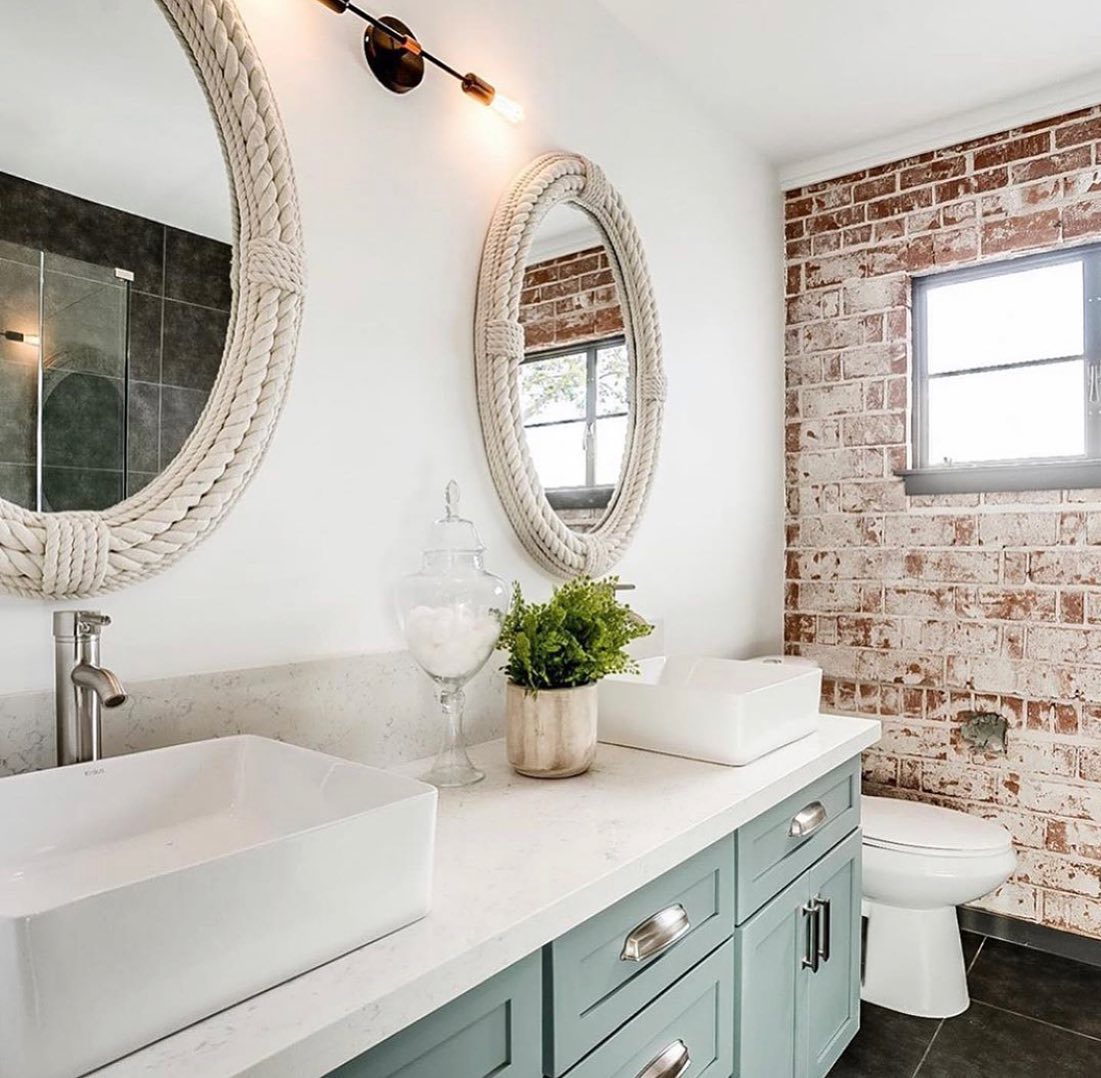
With a good understanding of condensation, effective ventilation, and strategic temperature management, you’re ready to tackle condensation. Using humidity reduction tactics, structural changes, and mold prevention transforms your bathroom into a clear, healthy space.
By integrating these practices, you’ll see less condensation and enjoy a more comfortable bathroom. Persistence is key to keeping a dry bathroom. Make these strategies part of your daily routine to keep water vapor at bay.
Have you noticed changes in your bathroom’s atmosphere? How have these measures improved your battle against condensation? Share your experiences and keep the conversation going. If you have questions or additional tips, the comment section awaits your input. Together, let’s refine our approach to a drier, brighter bathroom.
